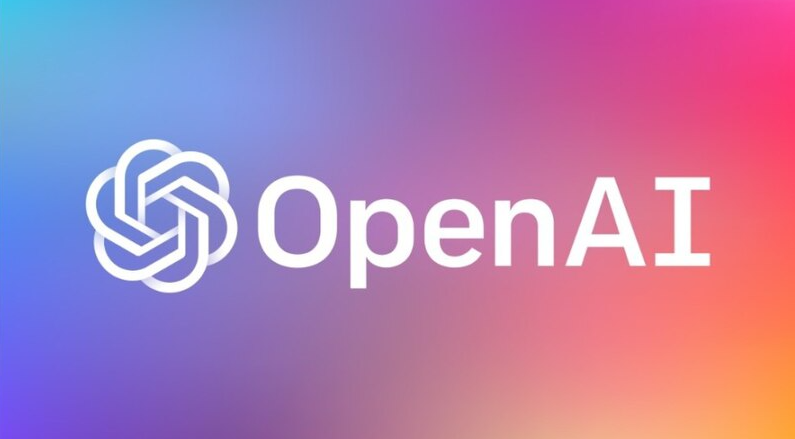GPT-4.5: What Educators Need To Know About The New ChatGPT Model
I tested OpenAI's latest and greatest large language model, GPT-4.5. Here's what I learned.

OpenAI recently released GPT-4.5 to ChatGPT Plus subscribers, and I began exploring the tool for its education applications in general, and the college writing classes I teach specifically.
I asked GPT-4.5 to try its hand at creative writing, help with lesson planning, respond to prompts I use with students, and help me understand some concepts in physics with which I’ve long struggled.
After going through these tests, I'm not particularly impressed. To be sure, it’s a technological wonder that would have been gasp-inducing a few years ago. However, today OpenAI is something of a victim of its own success, and the latest and supposedly greatest GPT model is arguably outperformed by OpenAI and its competitors.
Here’s everything educators need to know about GPT-4.5 and how it might influence education.
What is GPT-4.5?
GPT-4.5 is the most advanced version of OpenAI’s flagship large language model. The original ChatGPT was powered by GPT-3.5. When GPT-4 was launched in the spring of 2023, I noticed a significant improvement over GPT-3.5.
This time around, things are more complicated. More players are now active in the AI space, such as Google, Claude, and Perplexity, and these are also regularly releasing updated AI models with interesting capabilities. The core GPT model also has competition from OpenAI’s own reasoning models, such as GPT-4o, which many say outperforms GPT-4.5.
How Does GPT-4.5 Do With Lesson Plans
I asked GPT-4.5 to create a lesson plan for my class. I told it I was a college professor teaching a freshman newswriting class and that I wanted students to learn the fundamentals of AP style reporting, objective reporting, journalism ethics, the inverted pyramid, and the difference between traditional journalism and many forms of new journalism, for instance, blogging.
Tech & Learning Newsletter
Tools and ideas to transform education. Sign up below.
GPT-4.5 gave a decent and broad lesson plan touching upon these topics. However, it wasn’t anything that I didn’t think previous GPT models or other AIs could have generated.
When I asked GPT-4.5 to suggest readings to go along with this lesson, it got really slow and seemed to crash. I had to exit and open a new browser and then ask again to get some suggested readings, but generating those readings was still slow. It would have been quicker and more productive to Google potential readings for a class in news writing.
How Is GPT-4.5's Writing Advice?
I put the first sentence of this story into the tool, and it suggested a rewrite that I thought subtly changed the original meaning. Overall, it wasn't a great edit:
Original:
“OpenAI recently released GPT-4.5 to ChatGPT Plus subscribers, and I began exploring the tool for its applications to education in general, and the college writing classes I teach specifically.”
Suggested revision:
“OpenAI recently released GPT-4.5 to ChatGPT Plus subscribers. Curious, I began exploring its potential applications in education broadly, and specifically within my college writing classes.”
How Is GPT-4.5 At Writing?
Many students continue to use AI for writing assignments in all levels of education. So it’s always a good idea to stay on top of what the latest AI models are capable of creating.
To assess this, I put in a prompt that I use for a freshman writing class I teach. The writing was technically solid but still seemed AI-generated. However, this AI writing is not as obvious as it was even a year ago.
I also gave it a detailed creative writing prompt and, as with other models, I was impressed and probably a little disturbed by the quality. Even so, it was definitely not good writing and still feels lifeless, but GPT-4.5 and other recently released models are cutting down on cliché use and making fewer weird mistakes. That said, it’s still strangely lifeless in both its tone and emotional impact.
GPT-4.5: Bottom Line
GPT-4.5 is an impressive piece of technology, but it doesn’t represent any major jump from other AI tools available both by OpenAI and other tech companies. A ChatGPT Plus subscription would not be worth it for this model alone.
Educators who are AI enthusiasts may want to play with this as they likely will find some specific uses that I didn’t. But for the AI-savvy, but obsessed, teacher, I don’t think there’s anything here they need to worry about missing. It also won’t really change the game in terms of how AI is being used by our students.
Ultimately, GPT-4 reminds me of the later iPhone releases. Sure, it got a little lighter, and improvements were made to the camera, but at the end of the day, your smartphone remained functionally the same.
Erik Ofgang is a Tech & Learning contributor. A journalist, author and educator, his work has appeared in The New York Times, the Washington Post, the Smithsonian, The Atlantic, and Associated Press. He currently teaches at Western Connecticut State University’s MFA program. While a staff writer at Connecticut Magazine he won a Society of Professional Journalism Award for his education reporting. He is interested in how humans learn and how technology can make that more effective.

